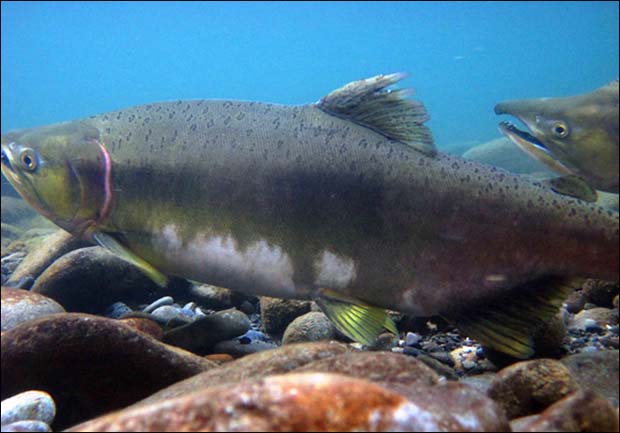The Elwha River, now unimpeded by two dams, traveling 45-miles from its headwaters to the sea. It is on the Olympic Peninsular in Washington state and most of it is in Olympic National Park
[dropcap]E[/dropcap]lwha River Restoration is a National Park Service project that includes the largest dam removal in history, restoration of the Elwha River watershed, its native anadromous fish, and the natural downstream transport of sediment and woody debris.
The removal of Elwha and Glines Canyon dams on the Elwha River began in mid-September 2011. Today, both dams are gone, the Lake Mills and Lake Aldwell reservoirs have drained, Elwha River flows freely from its headwaters in the Olympic Mountains to the Strait of Juan de Fuca. The river is one of the few in the Pacific Northwest with all five species of native Pacific salmon (chinook, coho, chum, sockeye, and pink salmon), plus four anadromous trout species (steelhead, coastal cutthroat trout, bull trout, and Dolly Varden char).
From 1911 to 2014, dams blocked fish passage on the lower Elwha River. Before the dams, 400,000 adult salmon returned yearly to spawn in 70 miles (110 km) of river habitat. Prior to dam removal, fewer than 4,000 salmon returned each year in only 4.9 miles of habitat below the lower dam. The National Park Service removed the two dams as part of the $325 million Elwha Ecosystem Restoration Project. Dam removal work began in September 2011 and was completed in August 2014
[vimeo id=”86488251″ width=”620″ height=”360″]


